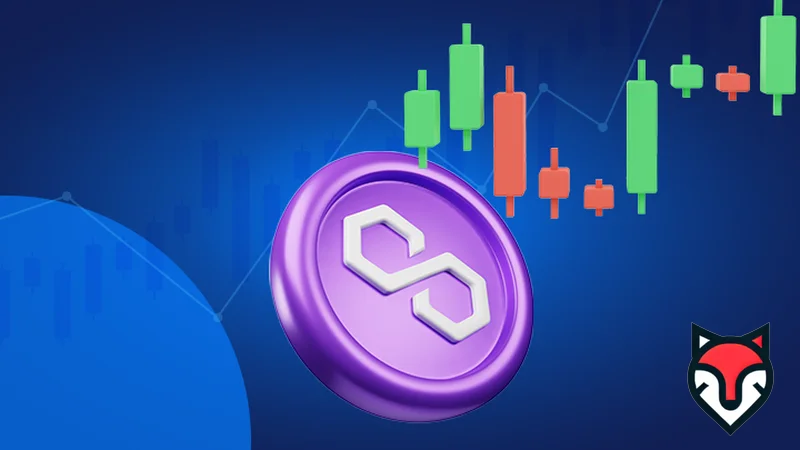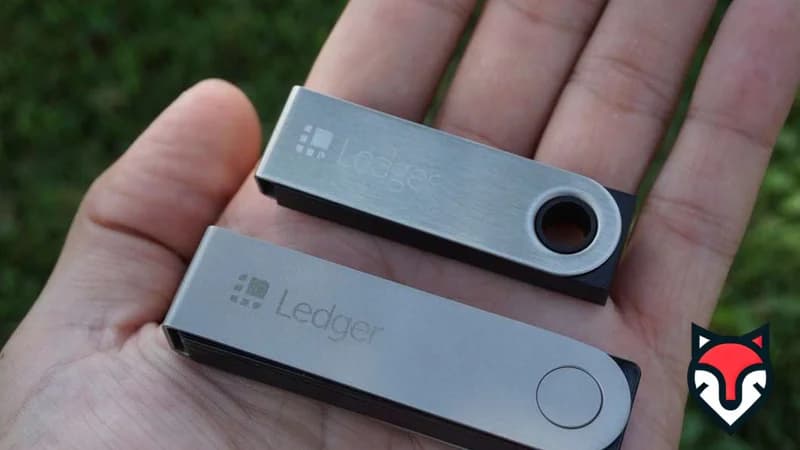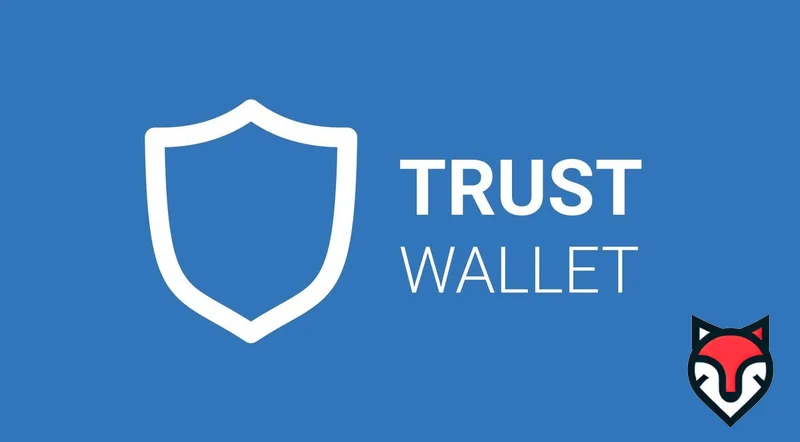Suggested
News
Last updated: Sunday, March 30, 2025

Polygon (MATIC) in 2025: The Layer 2 Solution Revolutionizing Ethereum and Beyond
It’s March 29, 2025, and if you’re still thinking Ethereum’s gas fees and sluggish transactions are the norm, think again. Enter Polygon (MATIC), the Layer 2 superhero that’s been quietly turbocharging Ethereum’s blockchain for years. Picture this: trading NFTs in seconds for pennies, farming yields without breaking the bank, or even buying a coffee in Hanoi with crypto—all powered by Polygon’s slick scaling tech. This isn’t just a sidekick to Ethereum; it’s the engine driving decentralized dreams into reality. Let’s dive into how Polygon is reshaping Ethereum, industries, and your daily life in 2025—and why it’s the blockchain topic you can’t ignore.
Polygon: The Layer 2 Legend Ethereum Needed
Back in 2017, when Ethereum was choking on CryptoKitties-induced congestion, a trio of Indian innovators—Jaynti Kanani, Sandeep Nailwal, and Anurag Arjun—launched Matic Network. Fast forward to 2021, it rebranded as Polygon, and by 2025, it’s a household name in blockchain circles. Why? Because Polygon solves Ethereum’s biggest headaches: speed, cost, and scale. As a Layer 2 solution, it runs parallel to Ethereum’s main chain, processing transactions off-chain before locking them into Ethereum’s ultra-secure ledger. The result? Transactions that once cost $50 and took minutes now cost cents and take seconds. With a market cap soaring past $2 billion and a native token, MATIC (now transitioning to POL), Polygon’s not just a fix—it’s a full-on revolution.
How Polygon Works Its Magic
So, how does Polygon pull this off? It’s all about clever tech. The Polygon Proof-of-Stake (PoS) chain is the backbone—a sidechain where validators stake MATIC to keep things humming. Transactions zip through at up to 65,000 per second, compared to Ethereum’s measly 15. Then there’s the Polygon SDK, a developer’s playground for building custom blockchains that plug into Ethereum’s ecosystem. Want more? Polygon’s zero-knowledge (ZK) rollups—like zkEVM—bundle thousands of transactions into one, slashing costs while keeping Ethereum’s security. In 2025, Polygon’s AggLayer ties it all together, making a web of interoperable chains feel like one seamless network. It’s like giving Ethereum a turbo boost without rewriting the rulebook.
Ethereum’s Best Friend: Industries Transformed
Polygon isn’t just Ethereum’s wingman—it’s a game-changer across the board. In decentralized finance (DeFi), platforms like Aave and QuickSwap thrive on Polygon, offering lending and trading at lightning speed. By 2025, DeFi on Polygon handles over $10 billion in daily volume, thanks to near-zero fees. Gaming’s another hotspot—think Axie Infinity-style play-to-earn titles running smoothly, with NFTs minted and traded instantly. Supply chains? Walmart’s tracking goods on Polygon, cutting fraud by 25%. Even healthcare’s in on it, with patient data secured on tamper-proof ledgers. Polygon’s not just scaling Ethereum; it’s scaling the future.

The Visionaries Behind Polygon
Who’s steering this ship? The co-founders—Kanani, Nailwal, and Arjun—laid the groundwork, but the team’s grown into a global force. Sandeep Nailwal, now a crypto icon, works 18-hour days to push Polygon’s vision. Mihailo Bjelic, the fourth co-founder, brought ZK tech into the mix, cementing Polygon’s edge. Backed by heavyweights like Binance and Coinbase, Polygon’s also got local heroes—like Vietnam’s Axon Dao—spreading its gospel in gaming and art. These aren’t just coders; they’re architects of a decentralized world, turning sci-fi into reality one block at a time.
Polygon in Your Pocket: Everyday Impact
Think Polygon’s all geek speak? Nope—it’s already in your life. In Saigon, a street vendor swaps MATIC for banh mi, dodging bank fees. A Mekong Delta farmer uses Polygon’s Agriledger to certify his mangoes, boosting exports by 30%. A kid in Hanoi earns crypto playing games, his avatar an NFT minted on Polygon. Even voting’s getting a blockchain twist—imagine casting an unhackable vote in HCMC’s next election. From wallets to marketplaces, Polygon’s low-cost, high-speed tech is making crypto practical, not just profitable. It’s Ethereum’s promise, delivered daily.
2025 and Beyond: What’s Next for Polygon?
Polygon’s not slowing down. By late 2025, expect ZK rollups to dominate, with zkEVM handling millions of transactions daily. The AggLayer could link Polygon to Solana or Binance Smart Chain, creating a true ‘Internet of Blockchains.’ Analysts predict Polygon’s market cap could hit $10 billion, fueled by DeFi’s $5 trillion surge and NFT mania. Big brands like Starbucks and Nike, already Polygon fans, might launch loyalty programs on it. And with central banks eyeing digital currencies—Thailand’s baht going blockchain—Polygon’s poised to bridge old money and new. Curious? Check CoinDesk or Polygon’s site for the latest.
Why Polygon Matters to You
In 2025, Polygon isn’t just for crypto bros—it’s for anyone who’s ever cursed a slow app or a pricey fee. It’s about taking back control: of your money, your data, your digital life. Searching ‘Polygon Layer 2 trends’ or ‘Ethereum scaling solutions’? You’ve hit the jackpot. Polygon’s not a buzzword; it’s a blueprint for a faster, cheaper, fairer web3 world. So, what’s Polygon doing for you today—or what will it do tomorrow? Stick around, because this Layer 2 titan’s just getting started.
Related Articles
- Interoperability: How Polkadot and Cosmos Connect Blockchains in 2025
- New Blockchain Technologies in 2025: Modular and Parallel Innovations
- Homomorphic Encryption - Applications in Blockchain
- DeFi's Evolution: Key Trends Shaping Decentralized Finance in 2025
- Why Bitcoin’s Strength is Its Biggest Weakness in 2025
- The Halving Myth—Why It Might Not Matter Anymore
- Can Bitcoin Survive a Cashless America? Exploring Bitcoin Adoption in a Digital Era
- How Trump’s Policies Could Turbocharge Bitcoin in 2025: A Political Power Play
- Will Bitcoin Ever Hit $1 Million—Or Is That a Pipe Dream?
- Why HODLers Might Be Wrong About Bitcoin’s Future





